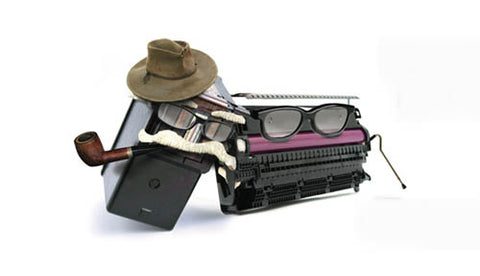Do you make
sure you’re getting the correct cartridge when you place your order.
It seems
people ordering printer cartridges get it wrong more often than you’d think.
The main
reason this occurs lies largely at the feet of the OEM (original equipment manufacturer).
They often produce a cartridge with a model number that will be close to identical
to a printer model number, but that is not designed to be used by that printer.
Brother is
one manufacturer that does this. Many users of the Brother HL2130 (a popular printer
from the Brother stable), especially when they are first ordering a replacement
printer, see the TN2130 printer cartridge and understandably think that’s the
cartridge to buy. But no, the TN2130 is used in the Brother HL2140 (not the HL2130).
The TN2130
is actually the cartridge supplied by Brother for the HL2140 and other printers
which is included in the price. It is approx 40% volume yield to the TN2150
(standard-2,600 pages), and the TN2150X, the high yield cartridge. The latter
two are the ones you should be ordering for the Brother HL2140.
Oh, the
HL2130 in fact uses the Brother TN2030 printer cartridge.
Another
example of confusing printer cartridges with different printers, is by Kyocera.
Their printer the FS-C5100DN is only
a single character different to the Kyocera FS-C5200DN. That alone can create confusion when ordering printer
cartridges, but there’s more.
The FS-C5100DN uses the TK-544 black, cyan,
magenta, & yellow cartridges, as opposed to the TK-554 black, cyan,
magenta, & yellow cartridges used by the FS-C5200DN printer.
This creates
problems; especially when the cartridges are so similar in shape that you don’t
really notice the difference when you go to install them. But the printer
certainly does!
Once you
have opened the printer cartridge wrapping, your opportunity to claim a
refund/replacement has flown out the window, and that can be expensive.
How do you
eliminate the problem? When ordering your printer cartridge, ALWAYS carefully
check that the ‘used with printers’ section contains the printer you use. Or
order the cartridge by the printer model. If you see alternative
cartridges, then it is for genuine, compatible or remanufactured cartridges; or for different yield capacities or marketing e.g. twin packs. But at least
you know one thing – they will all work for your printer.
We thank our sponsor, ABC Print Supplies, for their support














